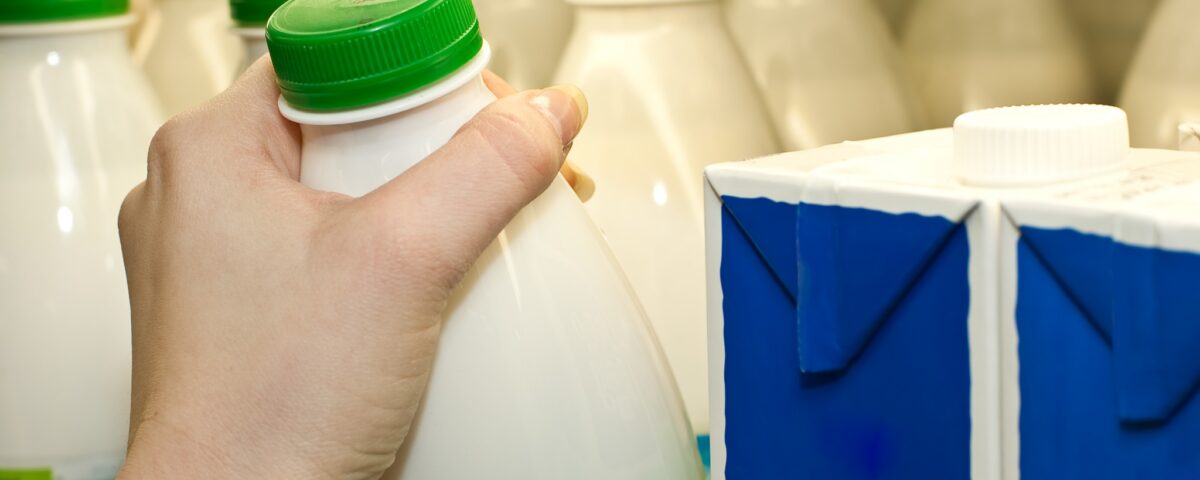
Understanding African Development Through Stories and Stats
August 6, 2014
Can We Use Happiness to Evaluate Tobacco Legislation?
August 8, 2014Chips and soda sales seem to depend on where you place them at the supermarket. Arrange them on shelves closer to each other and sales of both items increase. In fact, I just read about one study that identified an average 0.7 percent increase in sales each time one of the two moved an aisle closer to the other. But, for the real bonanza, to get a whopping 9.2 percent bump in sales, the store just needs to place them across from each other on the same aisle.
Where are we heading? To see how supermarkets maximize profits.
The placement of milk might relate to sales also. According to one theory, the milk is in the rear of the store because we have to walk past many other items and temptations before getting there. Others, though, point out that it makes sense to move the milk from the truck to the cooler directly through the back drop-off storage area. Otherwise heavy cases would have to be transported across the store, diminishing shelf time because of the lack of refrigeration and increasing labor expense.
Thinking about how supermarkets maximize profits, my mind also goes to the items that are placed at eye level like sugary cereals. Here again, there is a bit of a debate. Some, like Michael Pollan, say supermarkets are manipulative because their cereal placement encourages us to buy it. Econtalk’s Russ Roberts, though, suggests that the store is just making it easy for people who want sugary cereal to access it.
Our bottom line: Called monopolistic competition, the market structure in which supermarkets compete shapes how they maximize profits. With monopolistic competition they have the freedom of monopoly power and the constraints of perfect competition. A supermarket could have monopoly power that lets it price and place products however it wants because its unique identity generates consumer loyalty. On the other hand, you have the competition part through which, for example, all markets have the same chips and soda and milk. Consequently, unhappy consumers can just go somewhere else if they feel the supermarket has mistreated them.
![econlifelogotrademarkedwebsitelogo[1]](/wp-content/uploads/2024/05/econlifelogotrademarkedwebsitelogo1.png#100878)



